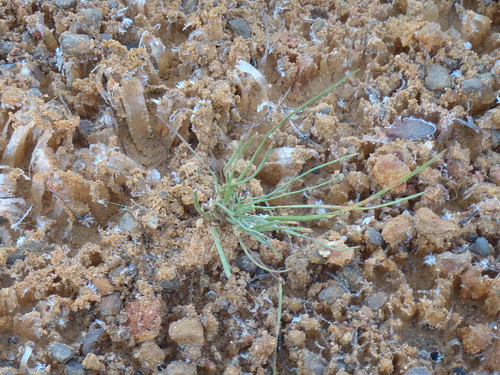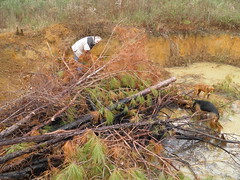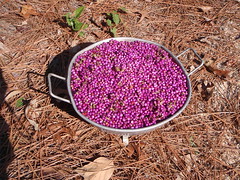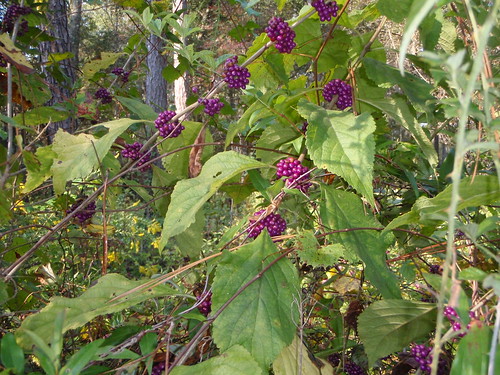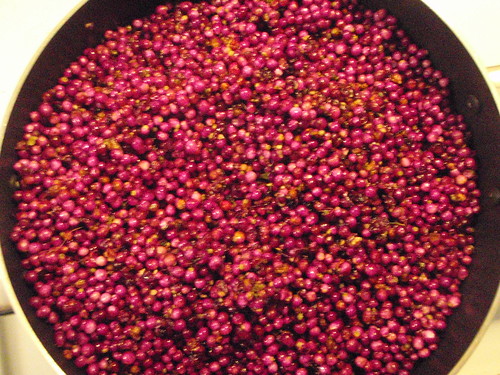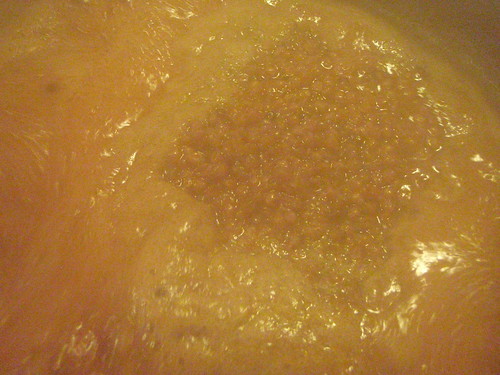 28 F at 5AM this morning; 29 at dawn.
In the dog watering tub, a layer of ice, some in my hand here.
28 F at 5AM this morning; 29 at dawn.
In the dog watering tub, a layer of ice, some in my hand here.
Down by the dirt pit, ice pushing out of the ground:
And a tiny longleaf in a field of icy clay:
Pictures by John S. Quarterman, Lowndes County, Georgia, 7 Dec 2010.

